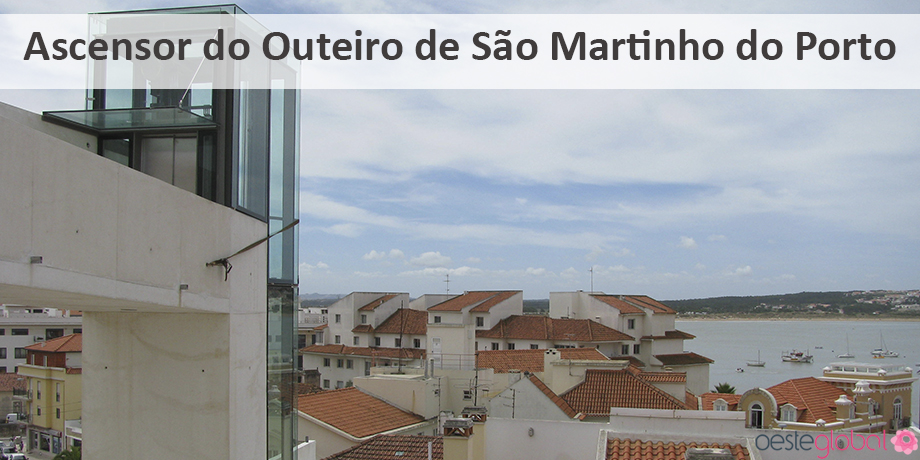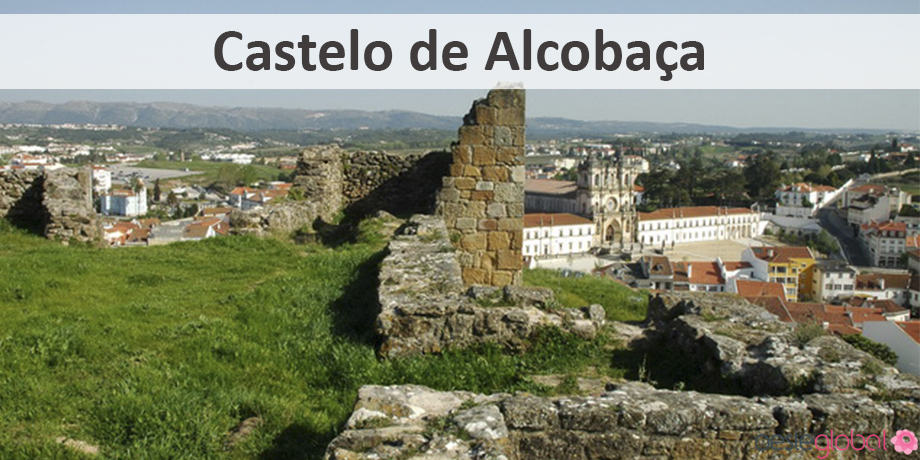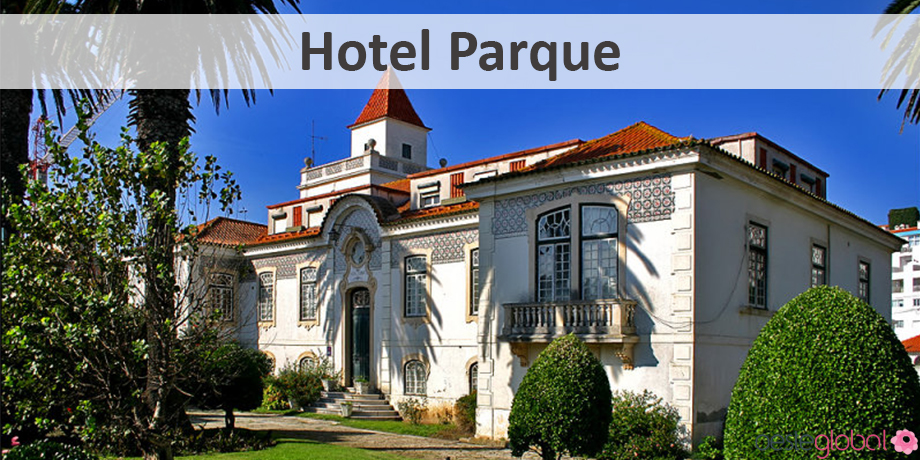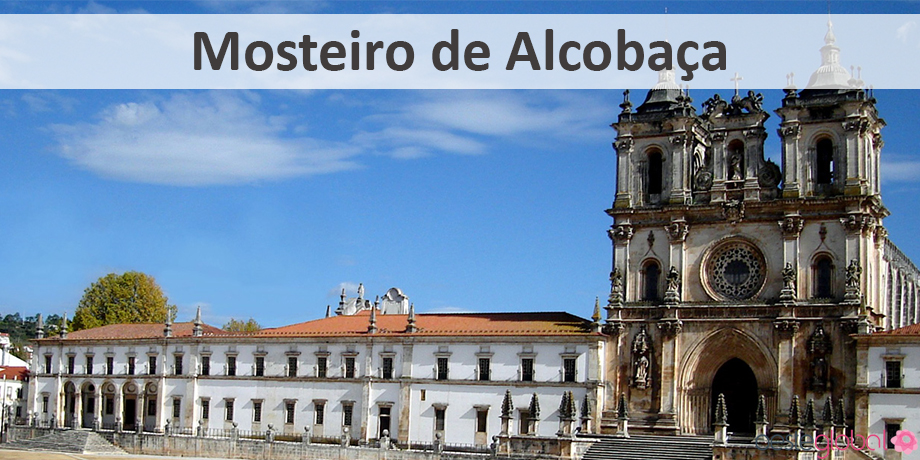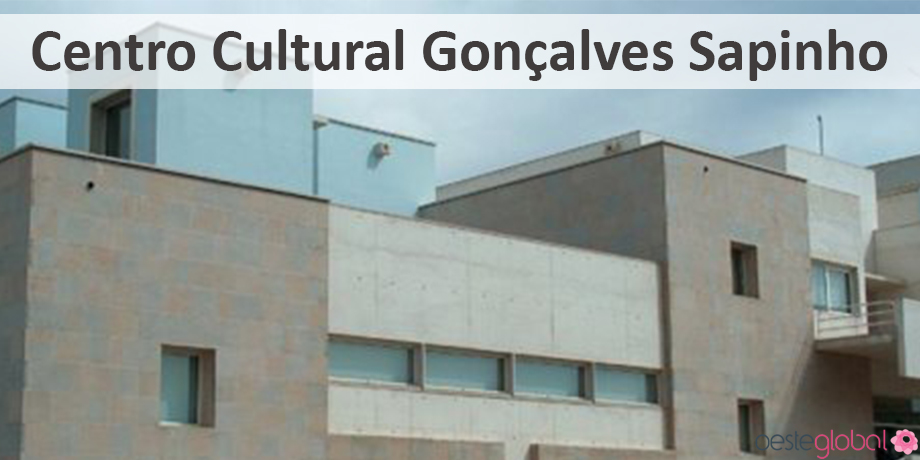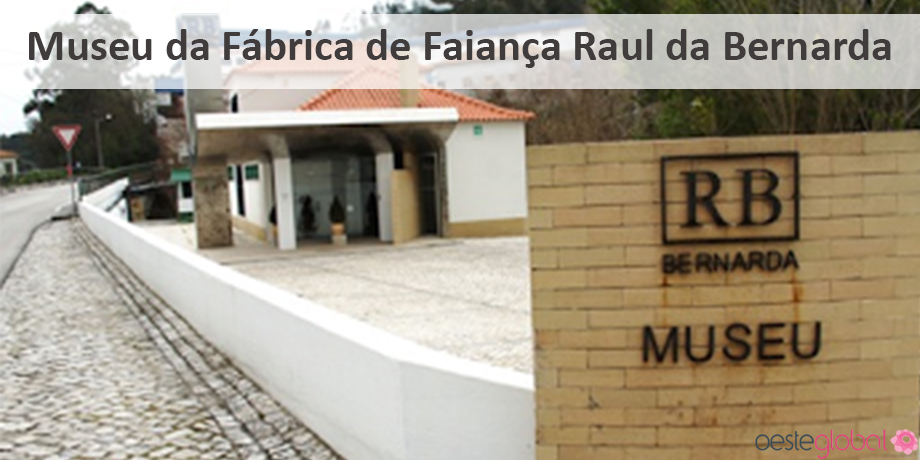Heritage in Alcobaça
“Who goes through Alcobaça does not pass without return here”
A county with a historic heritage, architectural and natural, which presents the relics of the Cistercian Order, Pataias Lagoon, Natural Park of Serra de Aire and lamps, the Pinhal de Leiria, and others who promote their recognition both at national and international. The county has an enviable heritage, in which the following stand out:
Alcobaça Monastery
This Cistercian monastery was founded D. Afonso Henriques in 1147, and from this grew and developed the town of Alcobaça, in the fifteenth century. This monument was completed in 1222, with a gothic style. During the Middle Ages, this monastery rivaled other great Cistercian abbeys in Europe. The Coutos Alcobaça defined a territory administered by this monastery, one of the areas with the largest private areas of the kingdom of Portugal, involving municipalities such as Nazareth and part of Caldas da Rainha, along with other lands acquired by barter, emprazamento, tenure or lease, all over the country. In 1810, the monastery was partially burned by Napoleonic troops, headed by André Massena. During times was gradually restored. monastery library part containing more than one hundred thousand volumes and manuscripts were saved from the French invasions and the Portuguese looting during the liberal wars. Currently, these are preserved in part in the Public Library of Braga and the National Library of Lisbon. North of the monastery church of the transept are two works of Gothic sculpture, the tombs of eternal love – the king Pedro and Inês de Castro – who have a tragic love story.
Alcobaça Castle
Its construction dates back to the Visigoth period. In the eighth century, this castle was under Arab rule, and later conquered by D. Afonso Henriques in 1148. After his role as a castle, this was a prison. With successive earthquakes, this monument was severely degraded. In the nineteenth century, most Alcobaça Castle wall stones were sold by the municipality for the construction of private homes. Currently, this castle are ruins.
Castle Alfeizerão
Situated three kilometers from São Martinho, this castle is the main defensive point, between the towns of Peniche, Nazaré. This determined the phenomenon of militarization in this area, since it was designed to be a shelter point, something scarce north of Lisbon. The Alfeizerão Castle is a dominant hill on the coast and an area of land, with 45 meters high. Despite the degradation of the structure, there is still a curtain wall consisting of isódomo device that connected two towers. Your room would quadrangular, being defended by eight towers and contained a donjon. In the sixteenth century, this maritime warehouse had a capacity for eighty large vessels, but over the centuries, has been marked by a progressive decline. With the great earthquake of 1755, part of the fortress was destroyed, not being rebuilt, summing up to a great loss of place in military terms. In the mid-twentieth century, the remains of this fortress passed into private, in 1973, began an archaeological approach, but did not continue.
Pillory Aljubarrota
The Aljubarrota village was one of the thirteen Alcobaça Abbey coutos, founded by D. Afonso Henriques in 1147. As part of the land donated by the monarch, in 1153 and 1183, this was referred to as Aljamarôta, originating from Aljobbe Arabic word, meaning well or cistern. In 1316, Aljubarrota receives his First Letter of Foral the donee abbot D. Martin I. Located in the rich Alcobaça Abbey land, along the main roads to get to Lisbon, have made Aljubarrota village, the scene of his famous battle in which Portuguese troops moved against the Castilian, resulting in the most important Portuguese victories. Aljubarrota receive the new charter in 1514, granted by D. Manuel, and its sequence have been built your pillory. This is the square of the same name, in the town center, next to the old Town Hall, currently the Parish Council, along with the bell tower from the time of King Sebastian. While the pillory is a symbol of justice, stood up in monolithic cylindrical frute, which supports a ball and shield and is covered by a cardinal’s hat, which alludes to the Cardinal King Henry, abbot Requester in Alcobaça. Already, the bell tower or clock tower, dating from the time of King Sebastian, during his stay in Alcobaça Monastery, is a symbol of civil power. The pillory is considered as a Public Interest Building since 1933. This set, the pillory, bell tower and houses of the Juntas, it is regarded as one of the finest architectural examples of this kind in Portugal.
Monastery of Santa Maria de Cós
The former convent was located in Alcobaça Coutos currently only left the church. The origins of this are in the thirteenth century, and according to some historians, was founded in 1279 at the initiative of Abbot Alcobaça, D. Fernando. On the other hand, there are reports that the first would have been devoutly religious women who ensured the functioning of Alcobaça Abbey. Regardless of their origin or building, this convent there was an organized community, who lived his life religiously. Only in 1532, it is that embraced the Cistercian rule, and of course, the monastery followed this process of integration should be the beginning of its construction in the early decades of the sixteenth century, Cardinal Alfonso, and its end to Cardinal Henry – being responsible for the implementation of the dorm, old cloister and the church. Over the years, the monastery required alterations, improvements and renovations. But the most significant number is the sacristy, where they are ten panels alluding to the life of St. Bernard. Another important work is the “Vita et Miracula D. Bernardi Clarevalensis Abbatis” Antonio Tempesti, printed in Rome in 1587. From 1669 to 1676, Josefa de Obidos worked for Cós, performing some paintings.
Lift the Sao Martinho do Porto Outeiro
Located in Saint Martin History Center, this allows its occupants to observe the bay and the village. Free access, the panoramic lift and tourist office, was designed by Gonçalo Byrne and Antonio Campos Hawk. During the winter (September 16 to June 21) is open from 10h00 to 21h00. In the summer, from June 22 to September 15, it is open from 10h00 to 00h00.
Hotel Park
The building now known as Hotel Sao Martinho do Porto Park was built in 1910 as housing Antonio Rosa, who returned to the village after generating wealth in Brazil. This project will have belonged to a Brazilian architect, resulting in a house “makes trip”, as nicknamed emigrants returning to their land, to increase the ranks of the local bourgeoisie, with their profits and efforts overseas. The large size of this house had in order to make all the wealth of its owner. After twenty years, this property has adapted to the Pension Rosa, and later to the Hotel Rosa, before the current assignment. Again, this property is one of the most important and traditional summer locations of the west coast.
In order to preserve and give life to a cultural identity and memory of a unique history that the county offers, the following stand out:
Cinema João D’Oliva Monteiro
In 2010, August 20, the former ALcobaça Cinema has changed its name to Cine-Teatro de Alcobaça João D ‘Oliva Monteiro. João d’Oliva Monteiro born April 28, 1903, in Alcobaça. In 1927, after returning to his village, developed several activities that have enriched and promoted Alcobaça, being the main driver of Cine-Teatro de Alcobaça was opened in 1944 and João d’Oliva Monteiro died on December 28, 1949, in Lisbon. Nine years later, 14 alcobacenses associations homegem paid to his memory, bringing in the foyer of the Cine-Teatro de Alcobaça, with the unveiling of a tombstone marble. In 2010, the Municipality of Alcobaça honored João d’Oliva Monteiro adding its name to Cinema styling.
Cultural Center Gonçalves Sapinho (CCGS)
A multifunctional space Externato Cooperativo da Benedita, with the most advanced technologies, which make this the preferred site for the organization and holding of cultural events. Featuring unique conditions in the region for the Congress organization, training sessions, lectures, performances and thematic presentations. This an auditorium with capacity for 360 people, a multipurpose room with capacity for 70 people, a library, an audiovisual room, halls for exhibitions and a hall for large events.
Wine Museum
Considered as a jewel adas national wine heritage. It is housed in the old cellar, where José Eduardo Raposo de Magalhaes had built in 1874, to implement and develop its production JEM wines. This property is a museum of heritage importance in the context of the Portugal wine industry. During the decades of 70,80 and 90, the twentieth century was enriched by colecionista personality and wafer Engineer Passion Marques, regional delegate of NIDs / IVV. This museum contains a wine themed collection that covers important aspects of wine material culture, with historical, scientific, industrial and ethnographic value, since the seventeenth century to the twenty-first century. Currently, the Wine Museum consists of a universe of more than 8,500 moving parts, the permanent collection that considers aspects such as oenology, ethnology, traditional technology, industrial archeology to the graphic, fine or decorative arts. Therefore, this space offers a collection of exhibitions, representations and explanations of viticulture and viniculture, in different historical moments; correlative industries, such as cooperage, bottling, packaging glass, storage, distribution and consumption of wine.
- Address – Rua de Leiria Olival Fechado 2460-059 Alcobaça
- Telephone —262 582 750 (Adega Cooperativa de Alcobaça)
- Website— www.facebook.com/MuseudoVinhodeAlcobaca
- Email— museudovinho@cm-alcobaça.pt
Museum of faience factory Raul da Bernarda
This museum houses some of the most representative and beautiful parts of the production of Raul da Bernarda & amp; Filhos, Lda. You can admire the Portuguese faience, the last century, along with Faience Alcobaça.
- Address — Ponte D. Elias 2461-601 Alcobaça
- Telephone — 92 565 16 38
- Email — museu.raul.bernarda@cm-alcobaca.pt
- Wednesday to Friday: 10h às 13h00 / 14h00 às 18h00
- Saturdays, Sundays, holidays: 14h às 18h.
- Free entry
Bárrio Museum
The Roman town of Parreitas, lies in the hills of Bárrio, leaning on the old pond Flint. This is a testimony of human occupation between the first and fourth centuries, inheriting one tradition that dates back at least to the Chalcolithic period. Your estate is the Centre for Information and Documentation of the Villa Romana Parreitas whose reflection relapsed over the course of the days of a rural population that developed domestic activities, exploration of agriculture and livestock, fishing in the pond and pottery and weaving.
- Address – Largo João Soares Bárrio 2460-302 Alcobaça
- Telephone – 262 581 959
- 10h00 – 12h30 e 14h00 – 16h30 (dias úteis)
- Free entrance
Museum of Coutos Alcobaça
Studies and intervenes in the ancient region of coutos the Alcobaça Monastery, extending from the Serra dos Candeeiros the mouth of the Alcoa River, terminating relevant information multisecular relationship and transconcelhia between the region and the Monastery of Santa Maria de Alcobaça, as aspects important activity of the previous and subsequent to the Cistercian presence.
Atlantis Museum
This museum is made up of the factory Vista Alegre Atlantis and a museum space, which presents masterpieces of glass and crystal, along with the company’s history since its founding in 1945. The museum is presented a small exhibition about the history factory, company and crystal secrets.
- Address – Casal da Areia Cós 2460-392 Alcobaça
- Contacts – Telephone – 262 540 269
- Fax – 262 540 269
- Website – www.vistaalegreatlantis.com
- Email: atlantis.alcobaca@vaa.p
- Monday to Friday at 10h30 / 11h30 / 14h30 / 15h30 / 17h00 (by appointment). Do not conduct visits on Saturdays, Sundays and holidays. Period of annual closure of production in August and December (Christmas).




